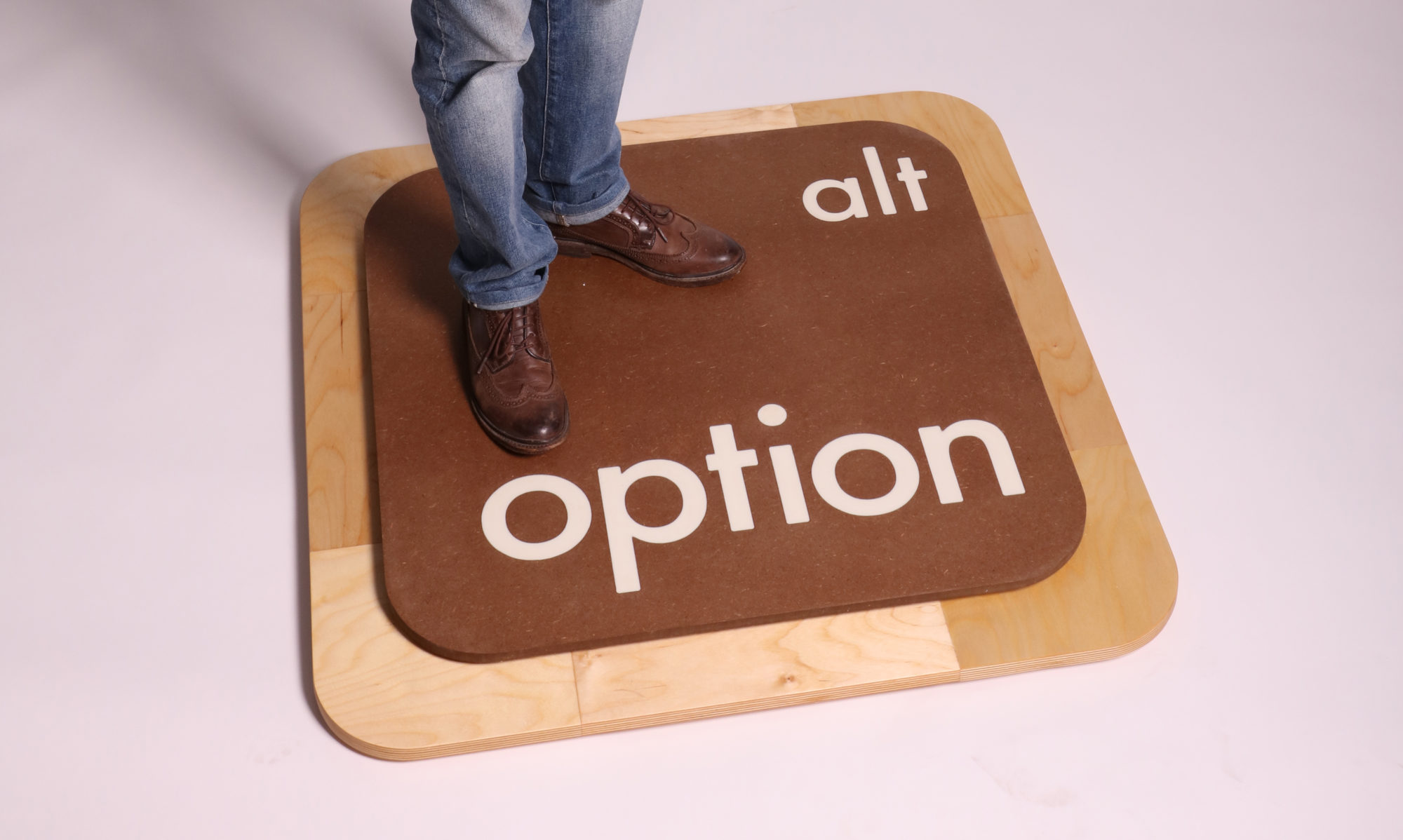Was it fun?
Personally, I thought this game was a lot of fun. It had a lot of strategy involved, which to me is fun.
What were the player interactions?
The player interactions includes us bartering to place pieces in certain spots if we needed them, and placing pieces in spots to make the opponent have a disadvantage.
How long did it take to learn?
This one was pretty easy to learn, but it took a while to understand how the point system worked. The farmers, roads, etc all have different values so I did not understand how bad I was doing at first.
Would you play it again?
No, simply due to the games length.
Analyze the game using the 3 act structure.
In the beginning, you start by placing your first cards and slowly start to build small structures. In the middle, you start to place bigger structures all while screwing other people over. In the end, you finish your structures and the game ends. Once you count your points, the one with the most wins.
What are the collaborative and or competitive aspects of the game?
There aren’t really any ways to collaborate other than working together with another player to finish a structure. For the competitive aspects, it is basically the same in reverse by working with players in order for someone not to finish what they were trying to build.
What is the game’s metaphor and which of the game’s mechanics standout?
The metaphor that I think of is that it is a game of life, and each tile you place represents your future. But each tile you look back on is the past, and it cannot be changed.
The game mechanics that stick out most to me are the builder pieces, which is a nice addition that makes it easier to finish structures. But also, I find it interesting how once the game is coming to an end, everyone is looking for that one specific piece they need, basically gambling on whether or not they will ever find it.
